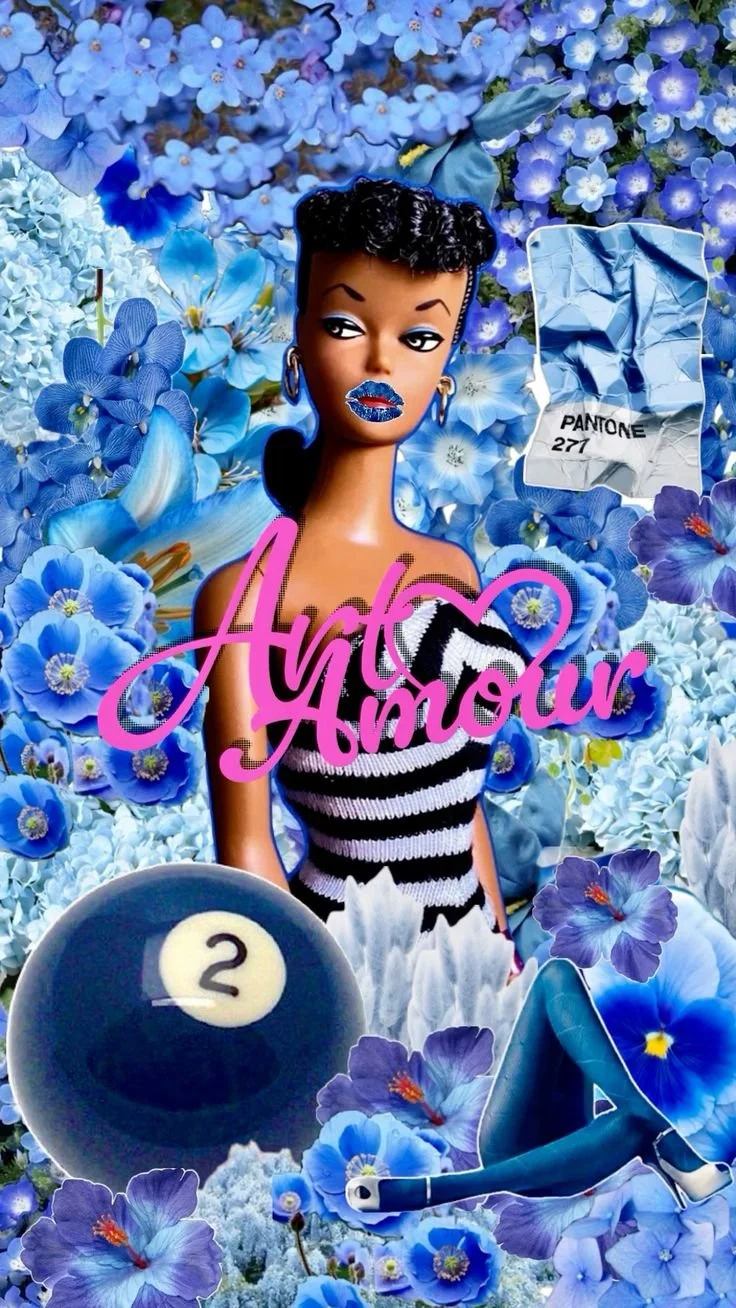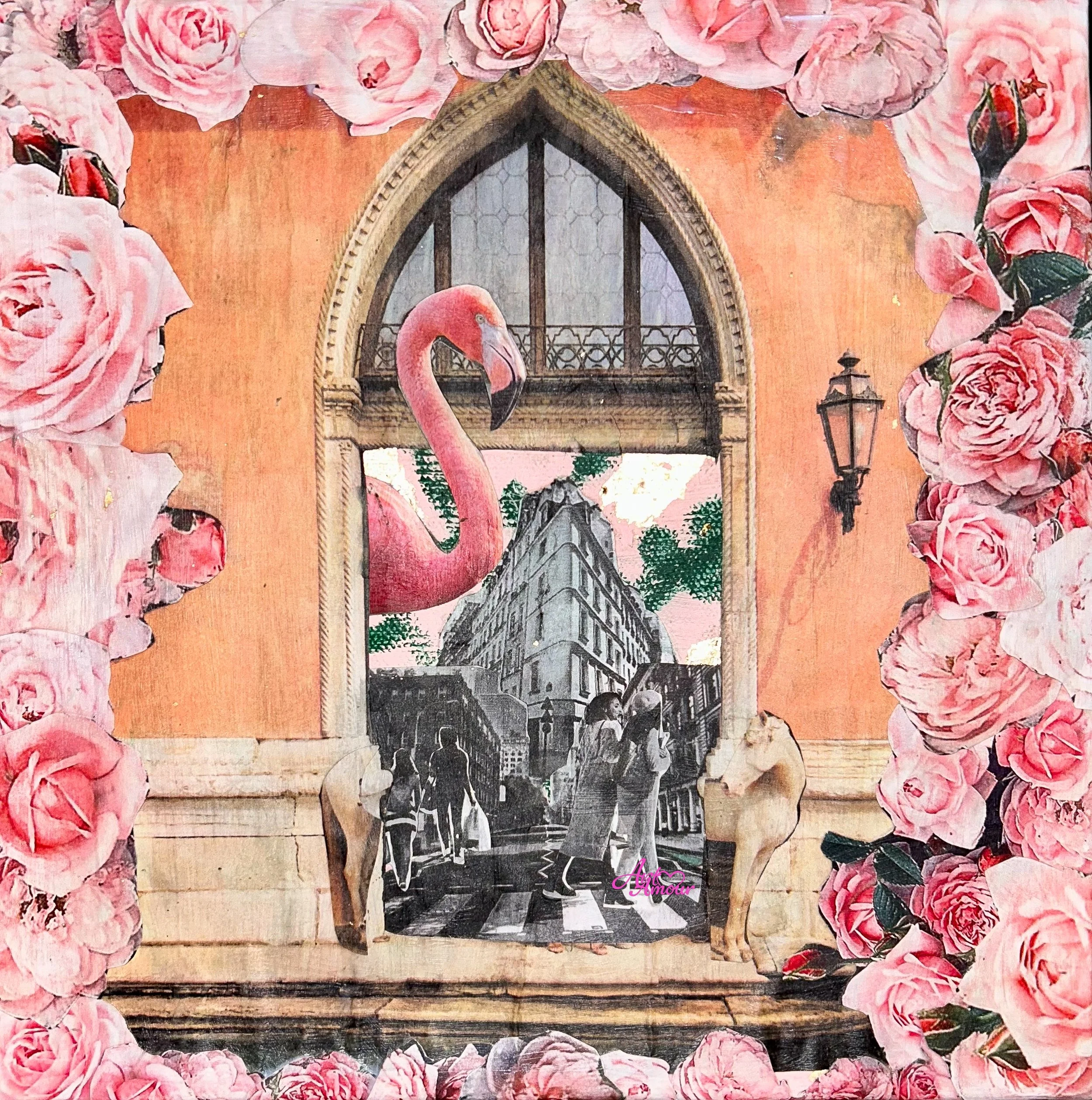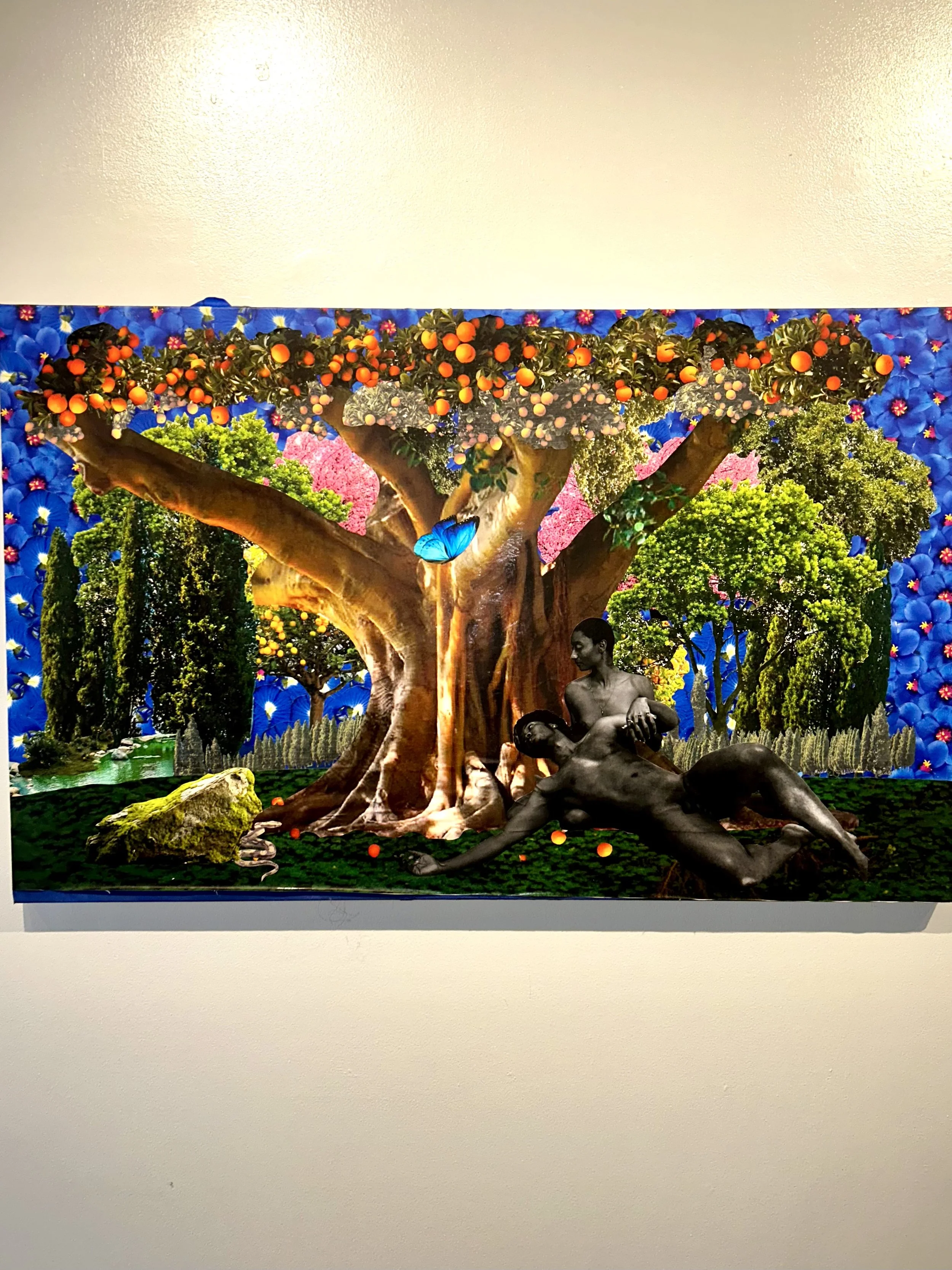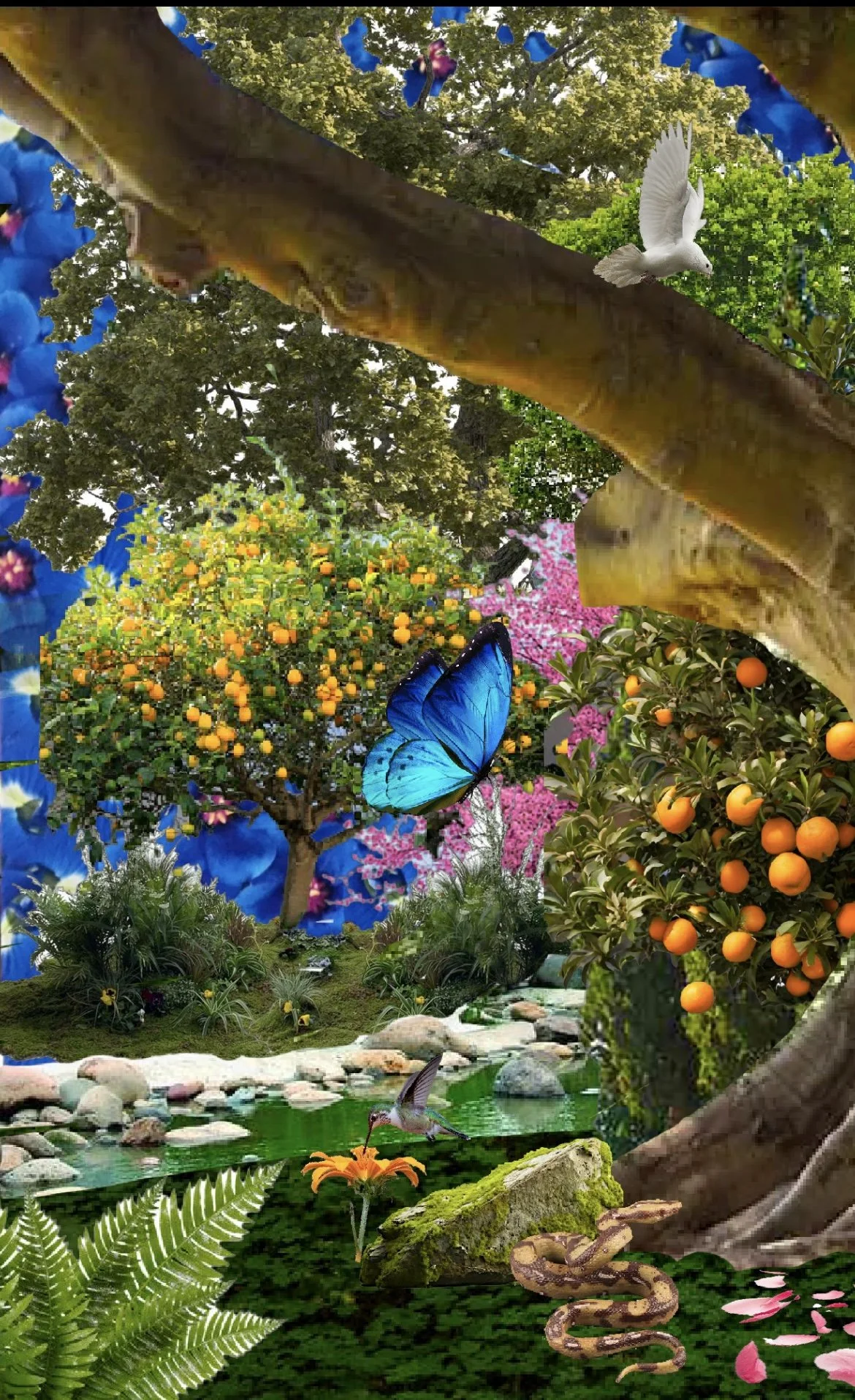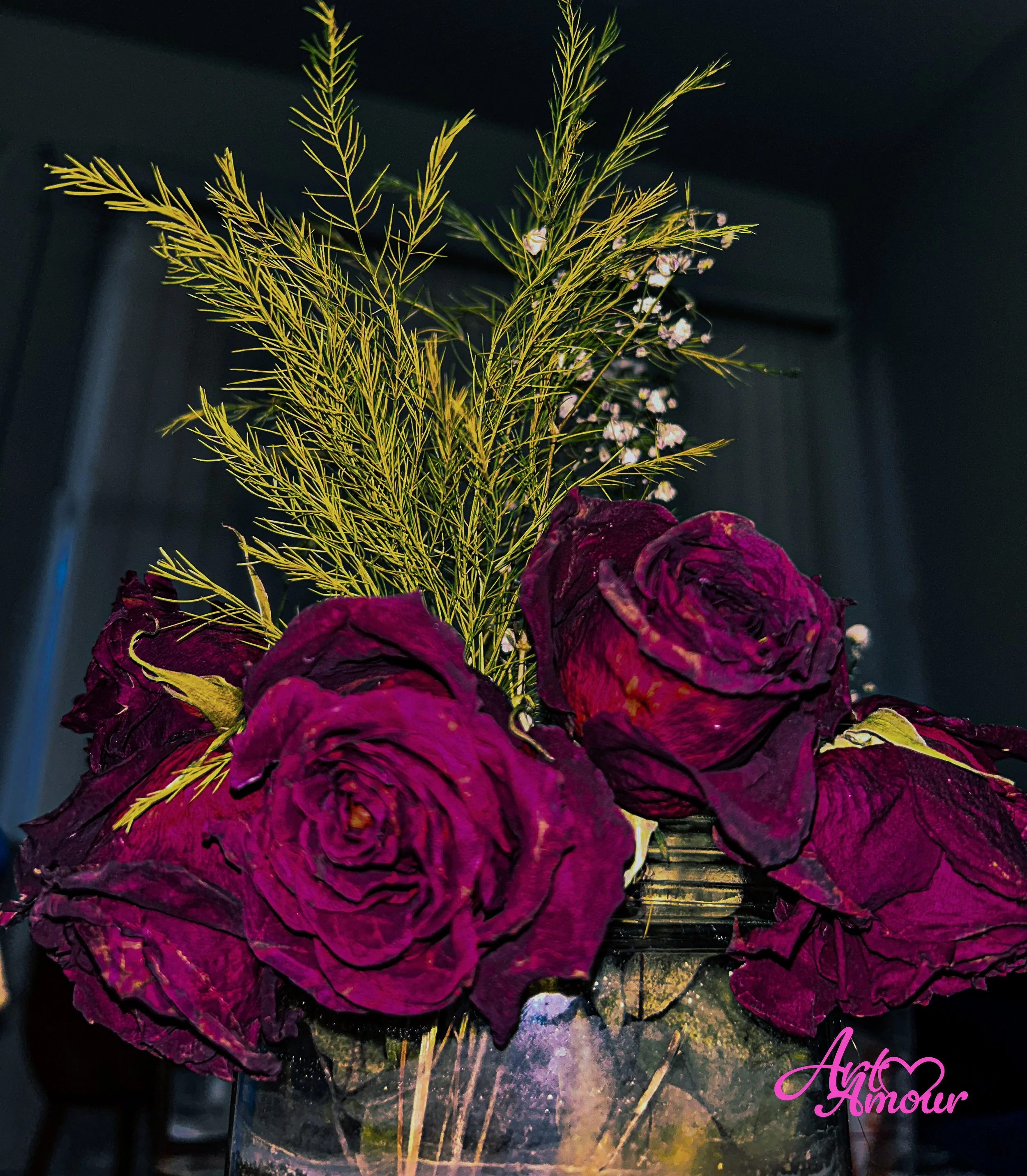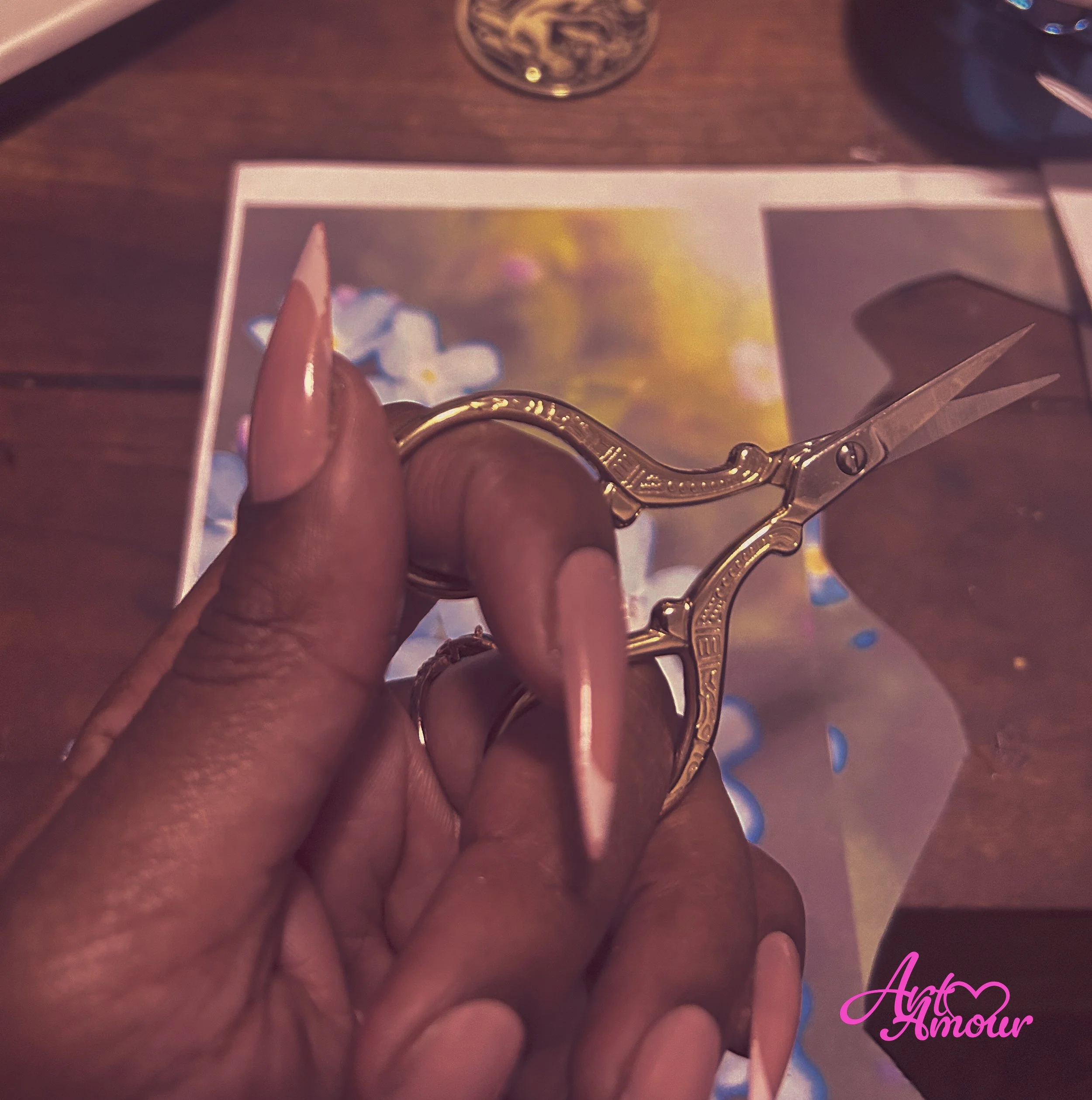Digital Collage Ideas for Artists: Tools & Tips I Swear By
Digital collage has become one of my favorite ways to create, blending photos, textures, and illustrations into layered stories. In this post, I share the tools I use (Procreate, Canva, Adobe Fresco) and my go-to tips for keeping digital creativity fresh.
Digital collage
feels like painting with light and memory. ✨ It’s where photos, textures, and digital brushes come together to create stories that couldn’t exist any other way. As a mixed-media artist, I’ve always loved layering fragments, and with digital tools like Procreate, Canva, and Adobe Fresco, the possibilities are endless.
For me, digital collage isn’t about replacing traditional methods; it’s about expanding them. It’s a way to carry an entire studio in my bag, to sketch on the go, and to experiment without fear. In this post, I’m sharing the tools I rely on and the ideas that inspire me when creating digitally.
Why Digital Collage?
What I love about digital collage is the freedom it gives me:
Experimentation without fear. With undo, redo, and endless layers, you can push ideas as far as they’ll go.
Accessibility. You don’t need a closet full of supplies, just a tablet or computer.
Portability. I can create anywhere: in a coffee shop, on a plane, or outside with the sun on my skin.
Play. Digital collage is a space for joy, where I test ideas before translating them into larger works.
It’s art without boundaries, and that feels powerful.
My Favorite Tools
🌿 Procreate
This is my #1. I use it to sketch, layer, and add digital illustrations to my collages. The brushes and layering features make it easy to create detailed, intuitive work.
🌿 Canva
Perfect for quick layouts, text layering, and mock-ups. I also love it for building mood boards when I’m planning a series.
🌿 Adobe Fresco
For me, this is about texture. The brushes in Fresco feel organic, like painting or drawing by hand. I use it when I want my digital work to carry that tactile, painterly energy.
Tips for Artists Exploring Digital Collage
Start with your emotions. Let your feelings choose your palette, textures, or images.
Mix old with new. Scan vintage photos, handwritten notes, or pressed flowers into your digital workspace.
Play with layers. Digital doesn’t have to feel sterile, allow imperfection, let the rough edges breathe.
Save variations. A single collage can unfold into five different stories.
Trust your intuition. Just like with physical collage, the magic is in listening to what the images want to say.
Digital collage is proof that art is alive in every form. Whether on canvas or screen, we’re still telling stories, layering memories, and searching for beauty. These tools aren’t just apps; they’re gateways. They’ve given me new ways to express resilience, softness, and joy.
If you’ve been curious about trying digital collage, consider this your invitation: start. Play. Layer. Let your ideas bloom in ways you never expected.
The Art of Collage: Transforming Everyday Images into Stories
Collage is more than paper and glue… It’s a language of memory, flowers, and transformation. In this blog, I share how I use collage to turn everyday images into layered stories of resilience, vulnerability, and beauty.
Collage gives me a language, but flowers give me a dialect all my own. Each bloom carries its own story, a symbolism passed down through centuries, and I use them the way a poet uses words…Roses for love and tragedy, forget-me-nots for remembrance, dandelions for resilience, magnolias for grace.
When I layer flowers into my collages, I’m not just decorating, I’m speaking. I’m building a visual vocabulary of femininity, memory, and transformation. Flowers let me say the things I can’t always name out loud. They become stand-ins for emotion, for history, for the parts of myself and my community that deserve to be honored and seen.
Sometimes I think of collage as gardening with paper and memory. 🌿 Each piece is a bed of flowers where fragments, photos, textures, and handwritten words can grow roots together. And just like in nature, there’s beauty in the bloom and in the imperfection of petals that have weathered a storm.
Through this process, I’ve learned that collage isn’t just about what’s pretty, it’s about what’s true. It’s about stitching together contradictions, making space for beauty and brokenness to coexist.
The Storytelling Power of Collage
Every collage I create begins with a story. Sometimes it’s a memory I can’t shake, sometimes it’s a cultural moment I want to respond to, and sometimes it’s just a feeling waiting to be translated. Collage gives me the freedom to hold all of that at once: history, imagination, beauty, and grief layered together until a new truth emerges.
Flowers are central to this storytelling. They act as anchors, guiding the narrative. A single rose placed next to an image of a Black woman might whisper of love, loss, or resilience. Forget-me-nots scattered in the background might point to memory, community, and legacy. A dandelion might be a quiet reminder of strength in the overlooked and ordinary.
What I love about collage is that it honors contradiction. Vulnerability sits next to strength. Beauty leans against decay. Stories overlap, collide, and bloom together in ways that reflect how real life feels messy, layered, but always meaningful.
In that way, collage is more than an art form. It’s a mirror. It shows us how our fragments our histories, our struggles, our small joys can be transformed into something larger than ourselves.
My Process
When I start a collage, I rarely know exactly where it will end. My process is intuitive, part gathering, part listening. I collect images, textures, and materials the way some people collect memories. A photograph, a page from an old magazine, a paint swatch, a pressed flower, all of it has potential to speak.
I lay everything out in front of me like puzzle pieces, waiting to be arranged. I move them around, layer by layer, until something clicks. Sometimes it’s a contrast that draws me in: softness against sharpness, a vibrant bloom against muted tones. Sometimes it’s harmony, the way two fragments feel like they were always meant to belong together.
The flowers always come last, like punctuation. 🌹 They seal the sentence, giving the piece its final tone, whether that’s tender, resilient, tragic, or triumphant.
There’s a lot of trust in this process. Trusting my intuition, trusting the story will reveal itself, trusting that the scraps and fragments can become whole. That’s the magic of collage: it’s never just about what you put together, but what emerges when you let go and allow the pieces to find each other.
For me, collage is more than an art practice, it’s a life practice. It’s proof that fragments can hold beauty, that vulnerability can coexist with strength, and that even the most ordinary image can bloom into something extraordinary when seen with care.
This is the art of collage: transforming everyday images into stories, and reminding us that we are all collages too, layered, complex, and endlessly capable of becoming.
Lore: The Origin of Shame
My new work, Lore, reimagines the story of Adam and Eve through a personal lens. Centered on the Tree of Life, oranges, and a waiting serpent, this piece explores the origin of shame, vulnerability, and how art transforms fear into healing.
This month, my work Lore is on view at Norwest Gallery of Art in Detroit as part of the Bare My Soul exhibition. The show itself is about vulnerability, truth, and stripping away the layers we hide behind. For me, that meant returning to one of the earliest stories I was taught as a child growing up in a Christian household: the story of Adam and Eve.
In Lore, I reimagine that ancient narrative through my own lens as a Black woman and an artist exploring vulnerability. At the center of the piece is a great tree, standing tall and radiant, the Tree of Life. Its branches hold bright oranges, ripe with possibility, temptation, and consequence. Eve cradles Adam while a serpent lingers in the scene, waiting for its moment to disrupt everything.
I chose this story because it’s one of the earliest origin points for shame, the moment humanity became “aware” of their nakedness. Nudity became linked with guilt, modesty, and silence. Growing up in the church, I internalized these stories in ways that shaped how I experienced my own body and vulnerability.
By revisiting this narrative through collage, I wanted to strip it down to its core and confront the shame that has trickled through generations. In making Lore, I asked myself: What happens when we bare ourselves fully, without fear? What if vulnerability is not sin, but power?
Lore is both a return and a reimagining. It’s a way of reclaiming a story I was taught to fear, and instead using it as a mirror for my own growth, vulnerability, and healing.
Alchemy of the Artist: When Struggle Sparks Creation
Some of the most luminous art has been born in shadows. In struggle, artists discover an alchemy, transforming grief, heartbreak, and uncertainty into gold. This is where creativity thrives, not despite hardship, but because of it.
Some of the most luminous works of art have been born in shadows. History shows us that when the world feels heavy, artists turn that weight into wings. Out of grief, beauty emerges. Out of heartbreak, transformation is possible. Could this be… a kind of alchemy?
For me, I’ve found that in the moments when life feels the most uncertain, inspiration has a way of slipping in. When you’re stripped down to the core, the excess peeled away, what’s left is raw truth. And raw truth is where art thrives.
Think about it: the Renaissance rose after plague and darkness. The Harlem Renaissance blossomed from oppression and migration. Even on a personal level, some of my strongest pieces came from sitting with pain, questions, and change. In those moments, art wasn’t just expression, it was survival, a way to transmute struggle into beauty.
Alchemy, in the ancient sense, was about turning lead into gold. For the artist, maybe it’s about turning grief into color, heartbreak into texture, struggle into story. It’s not easy, and it’s not always pretty, but it’s powerful.
So the next time life cracks you open, maybe that’s not the end of the story. Maybe it’s the beginning of your masterpiece.
If this resonated with you, share this post with a friend who needs a reminder that even in struggle, transformation blooms.

